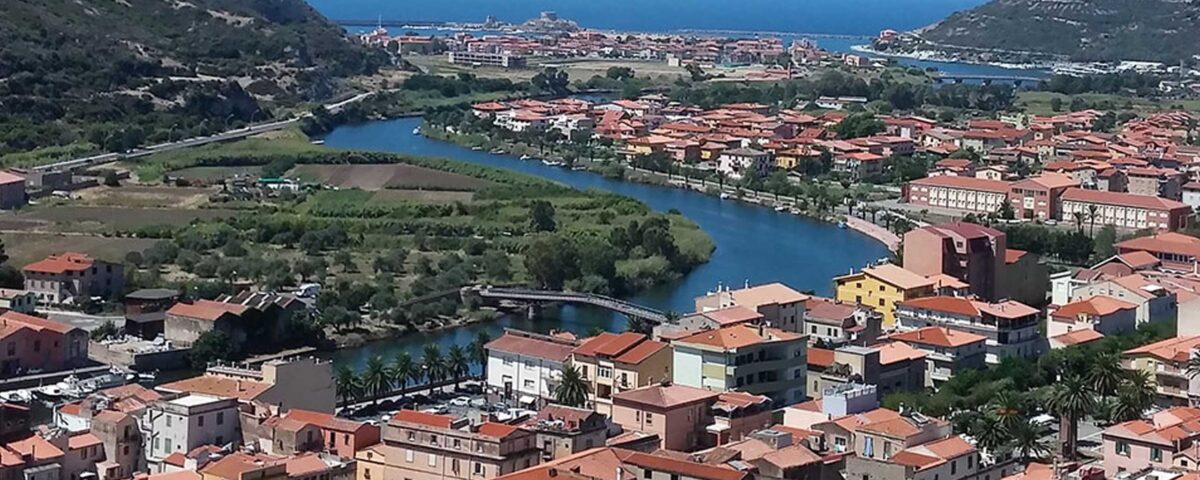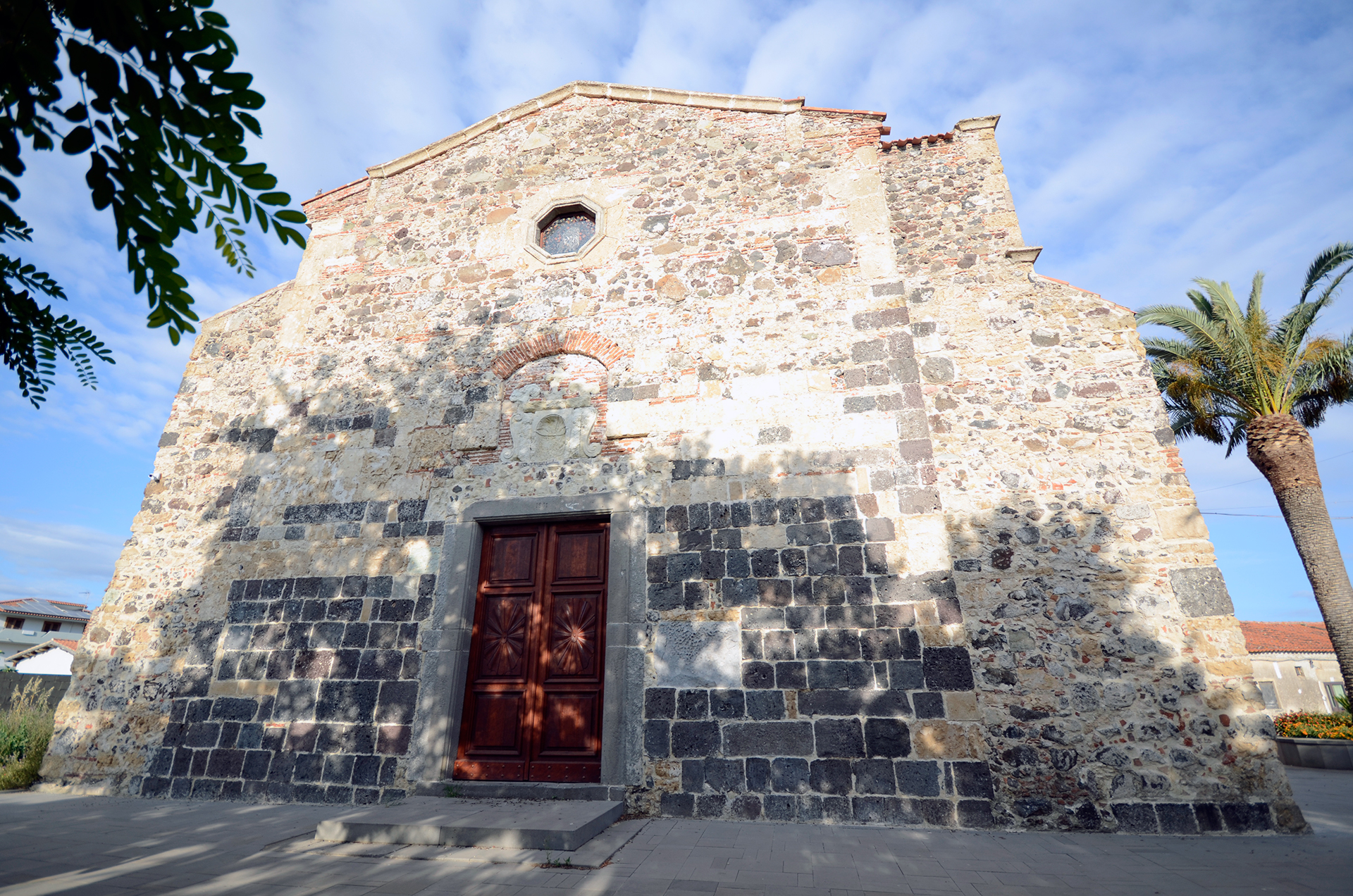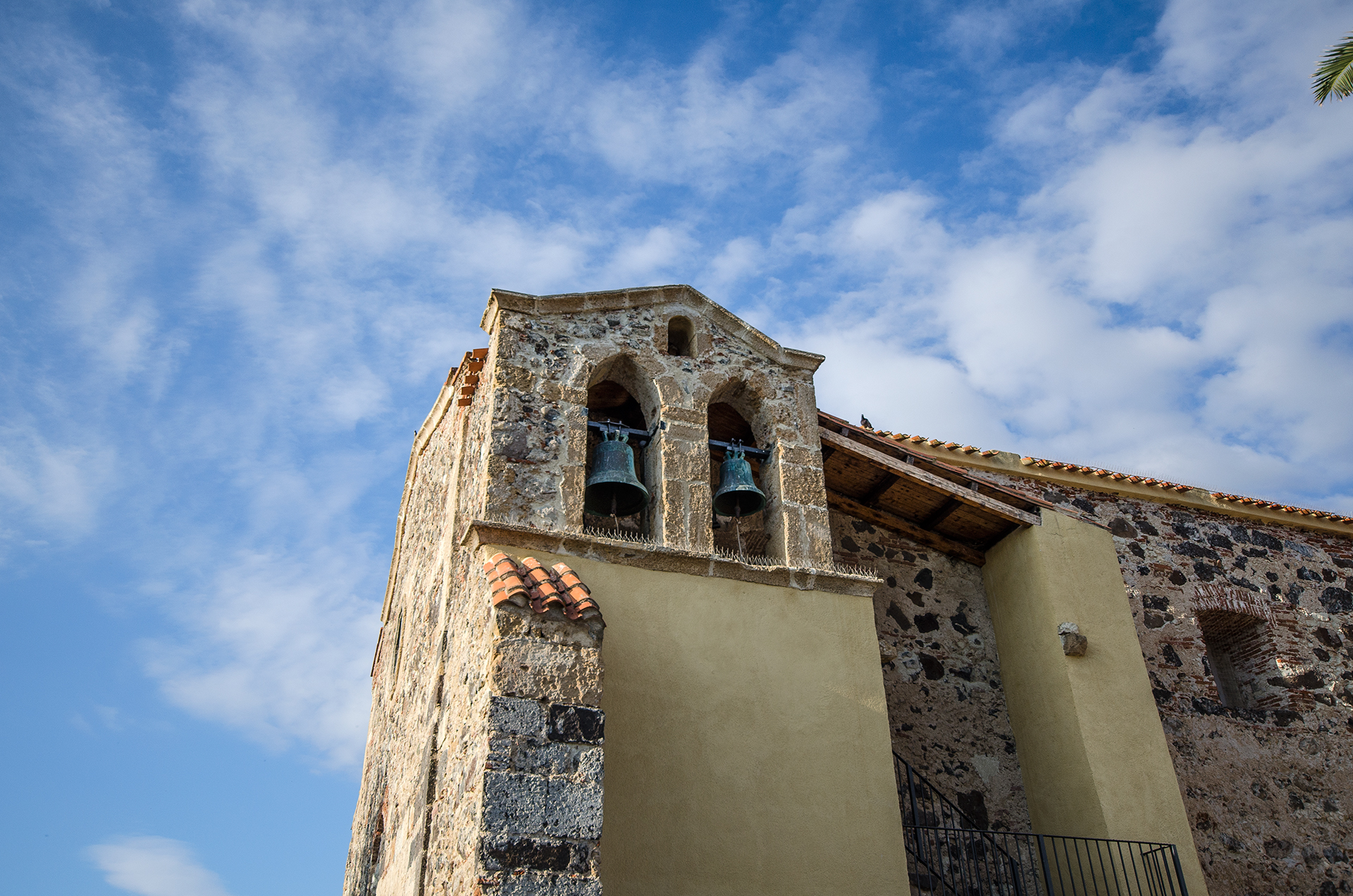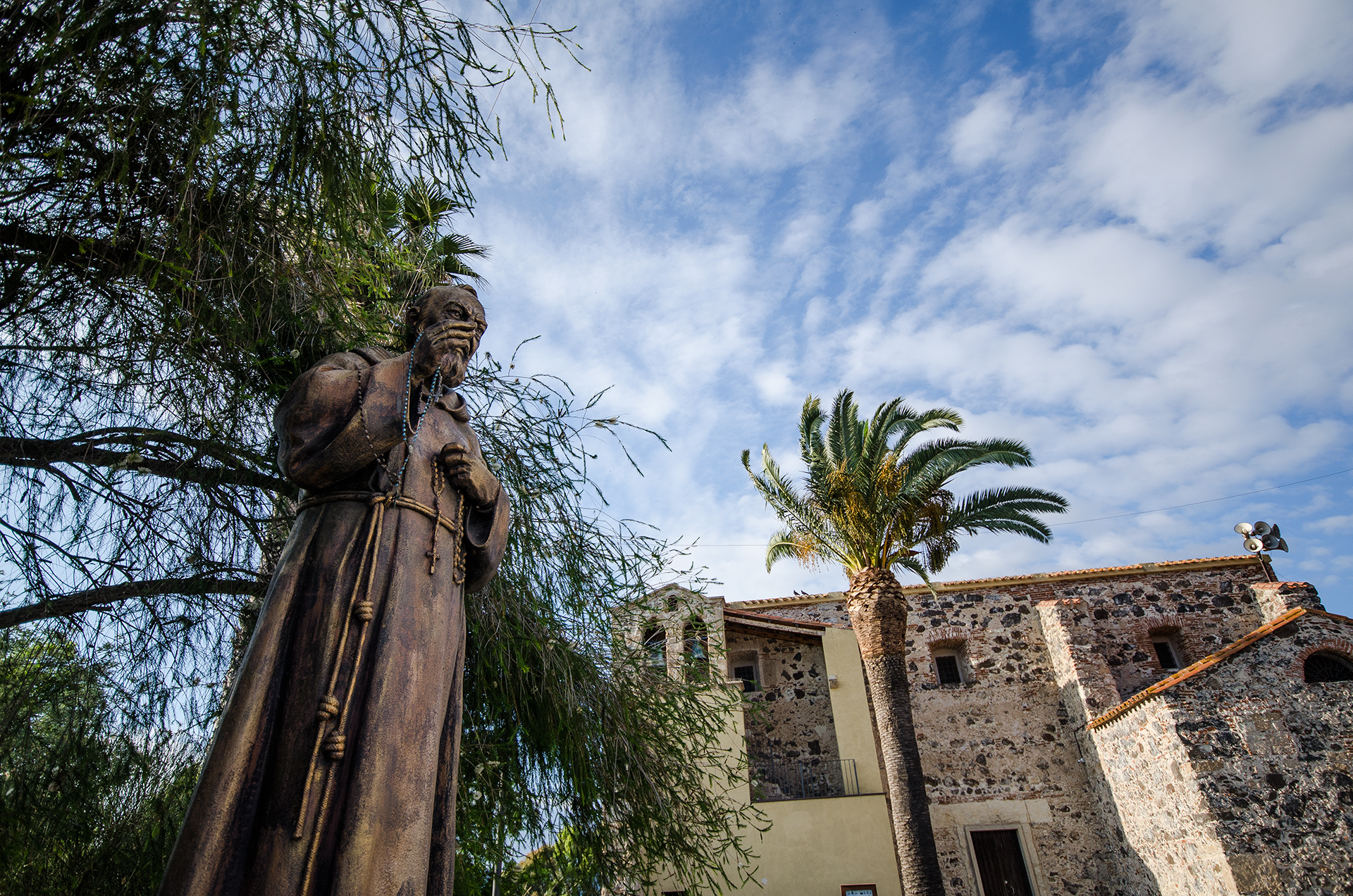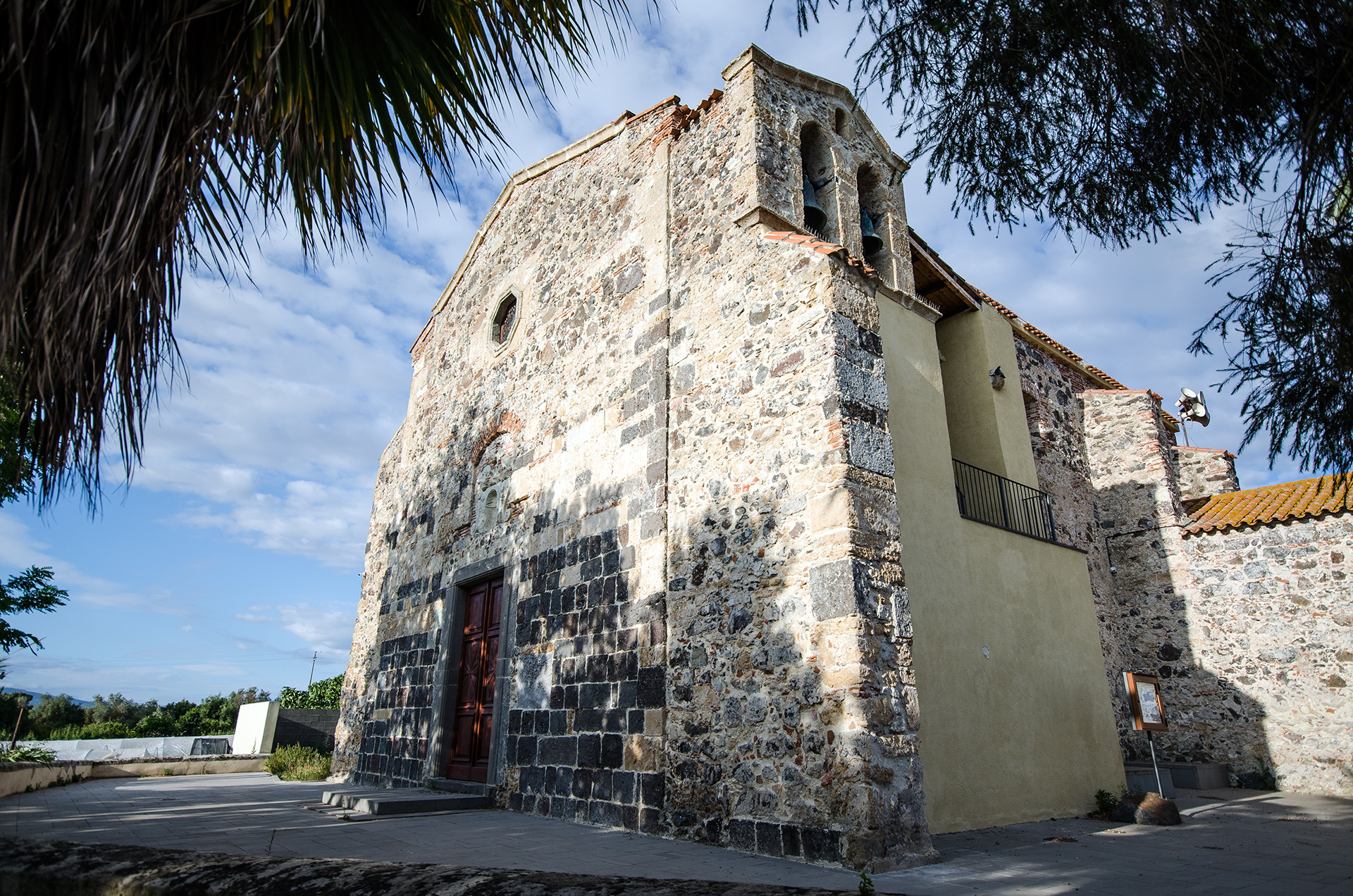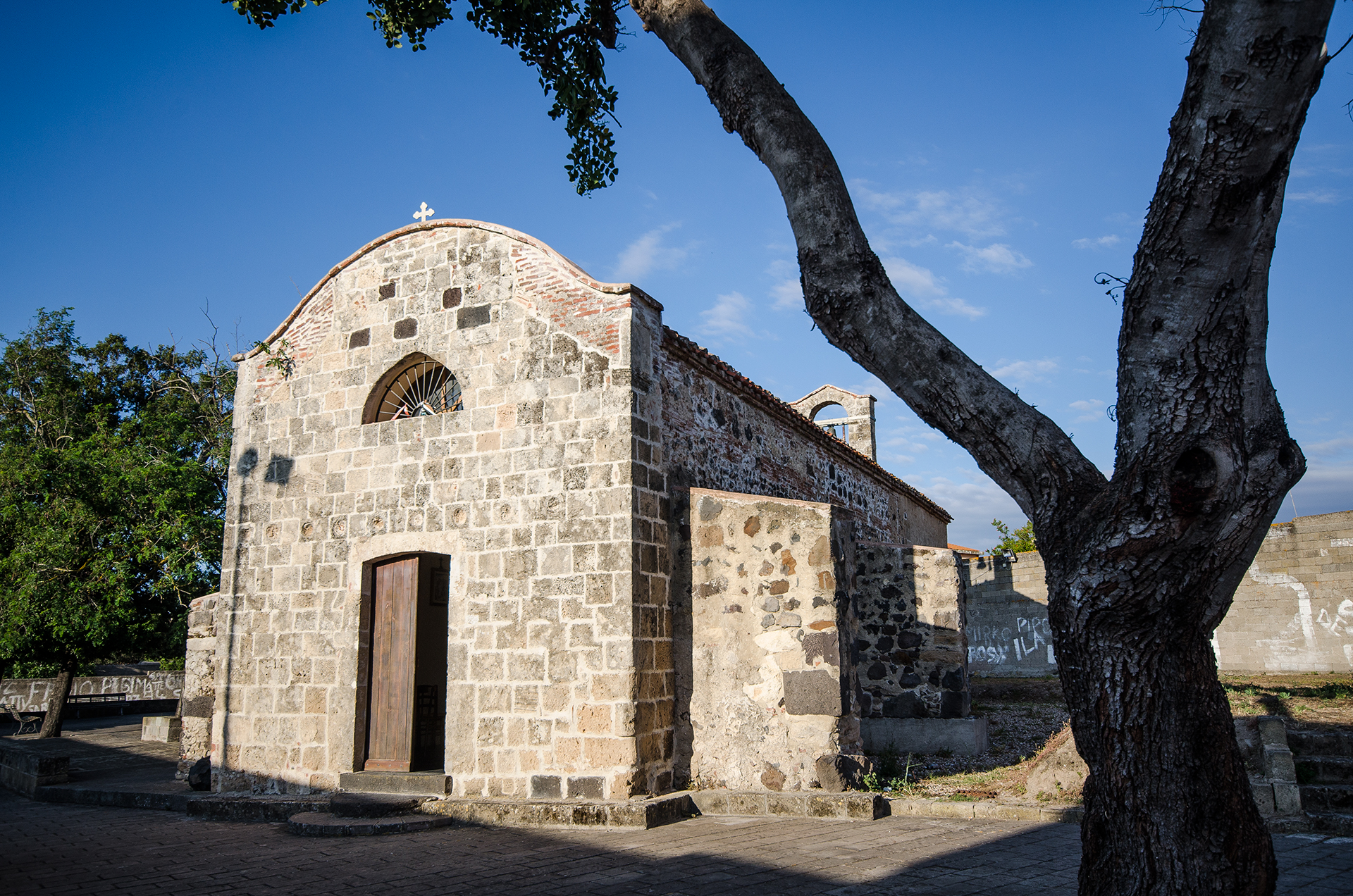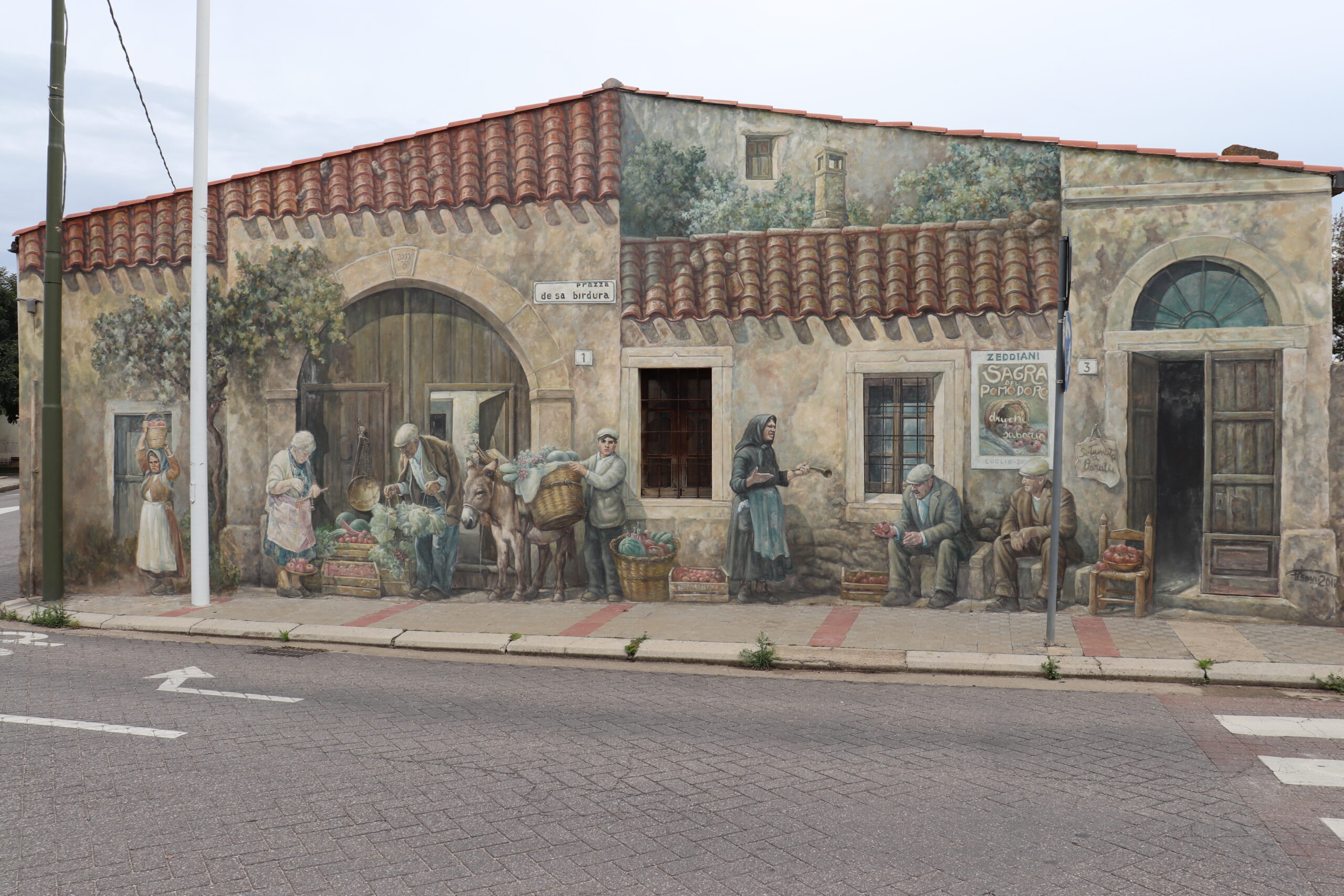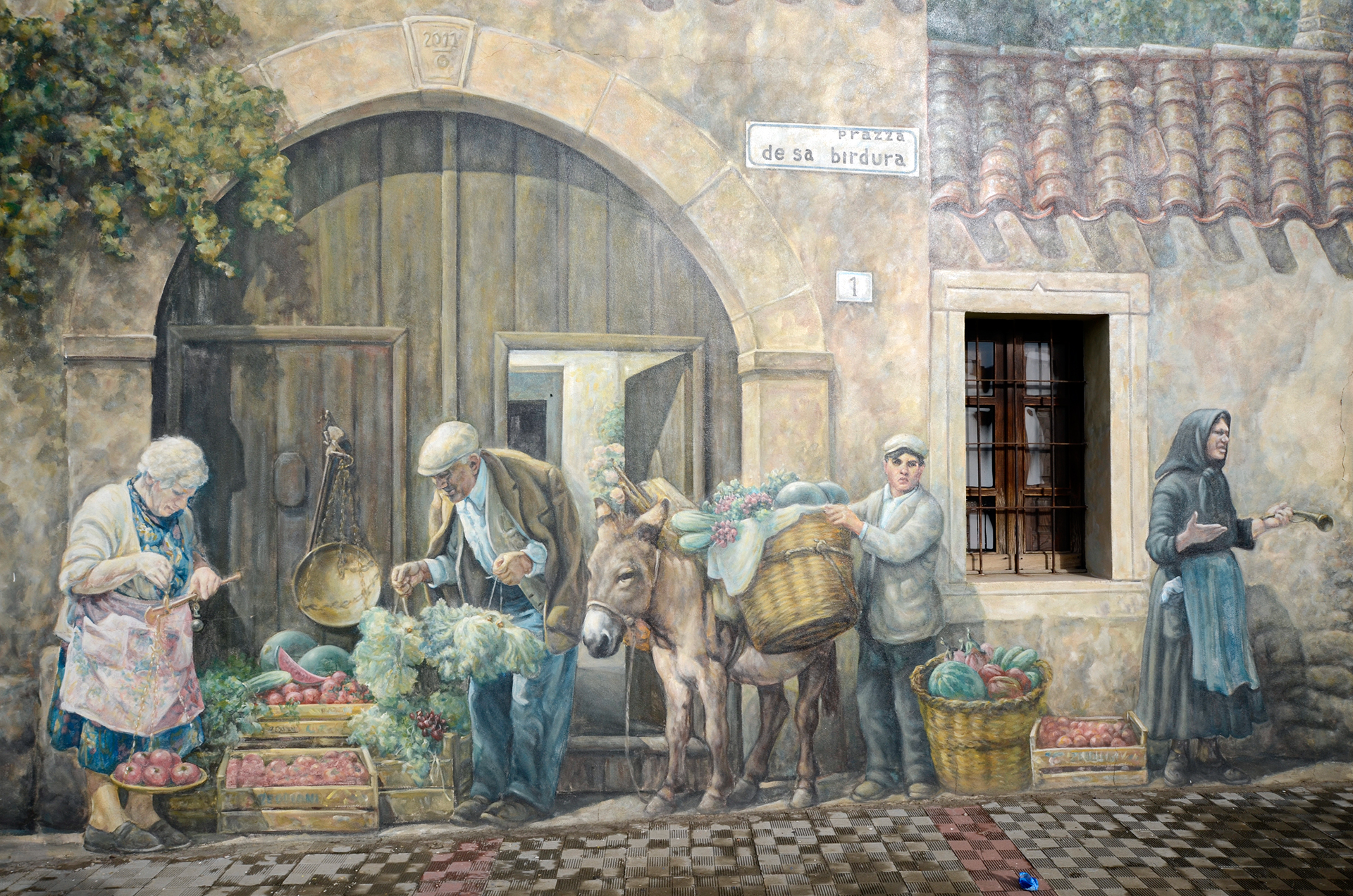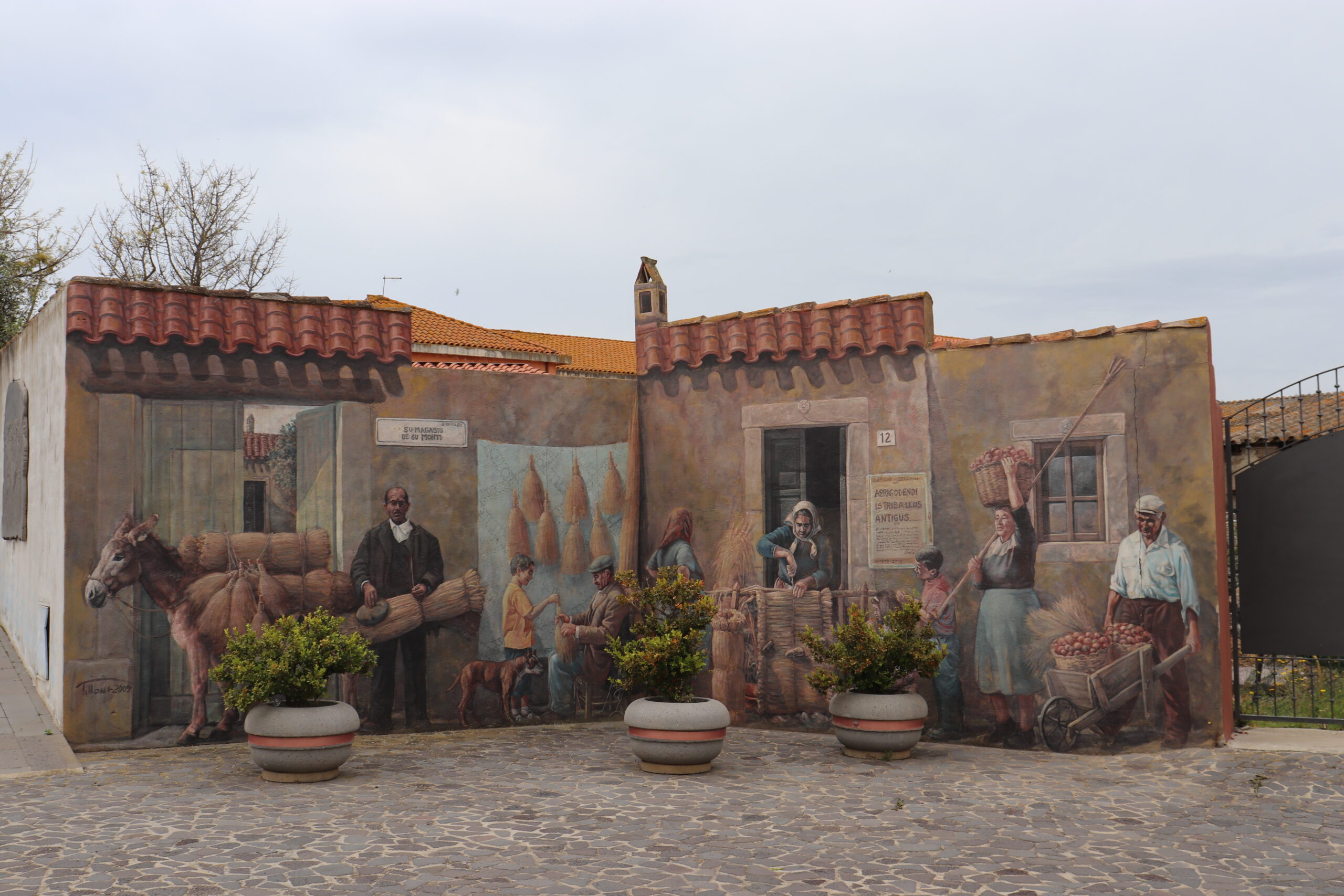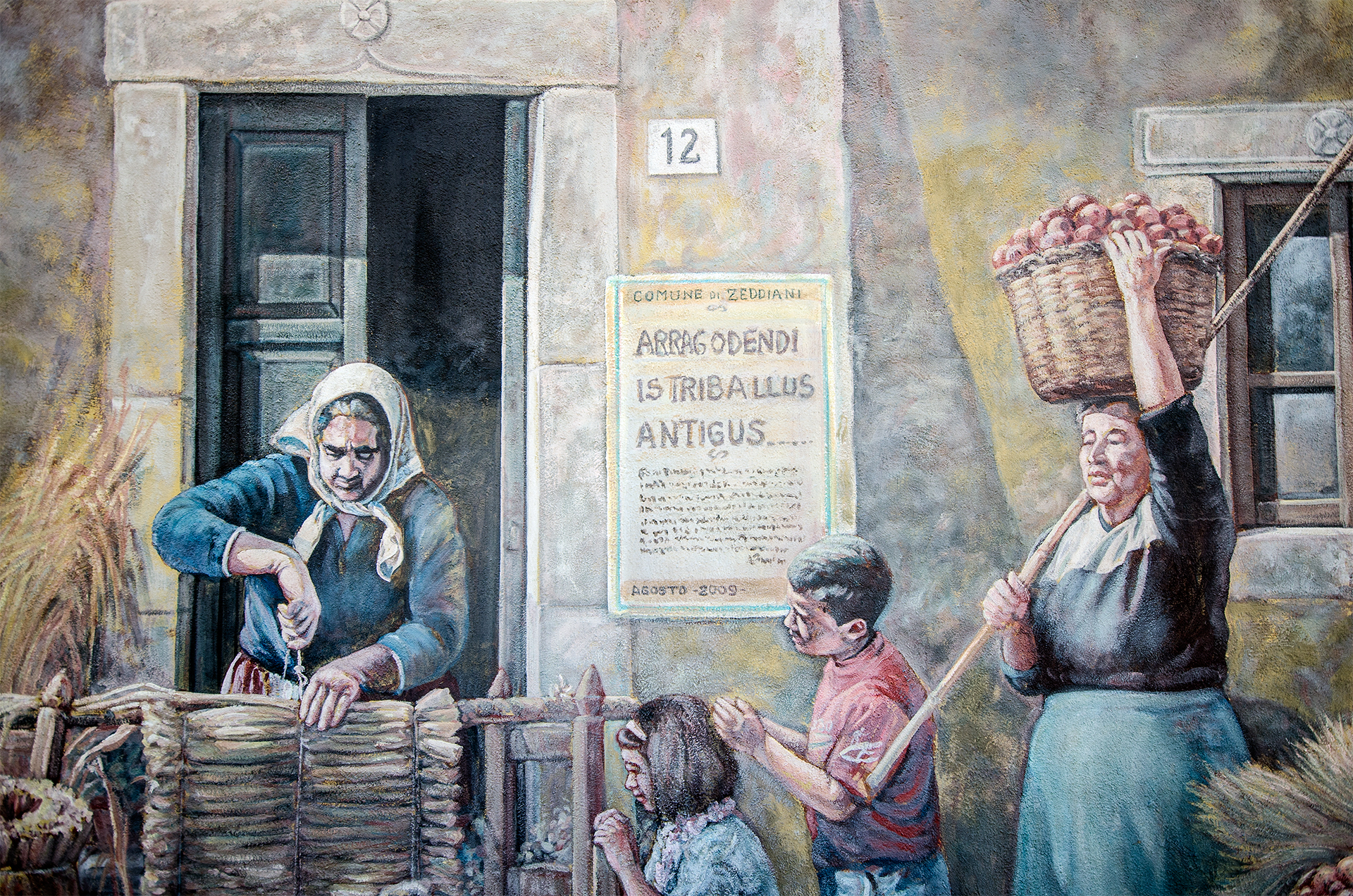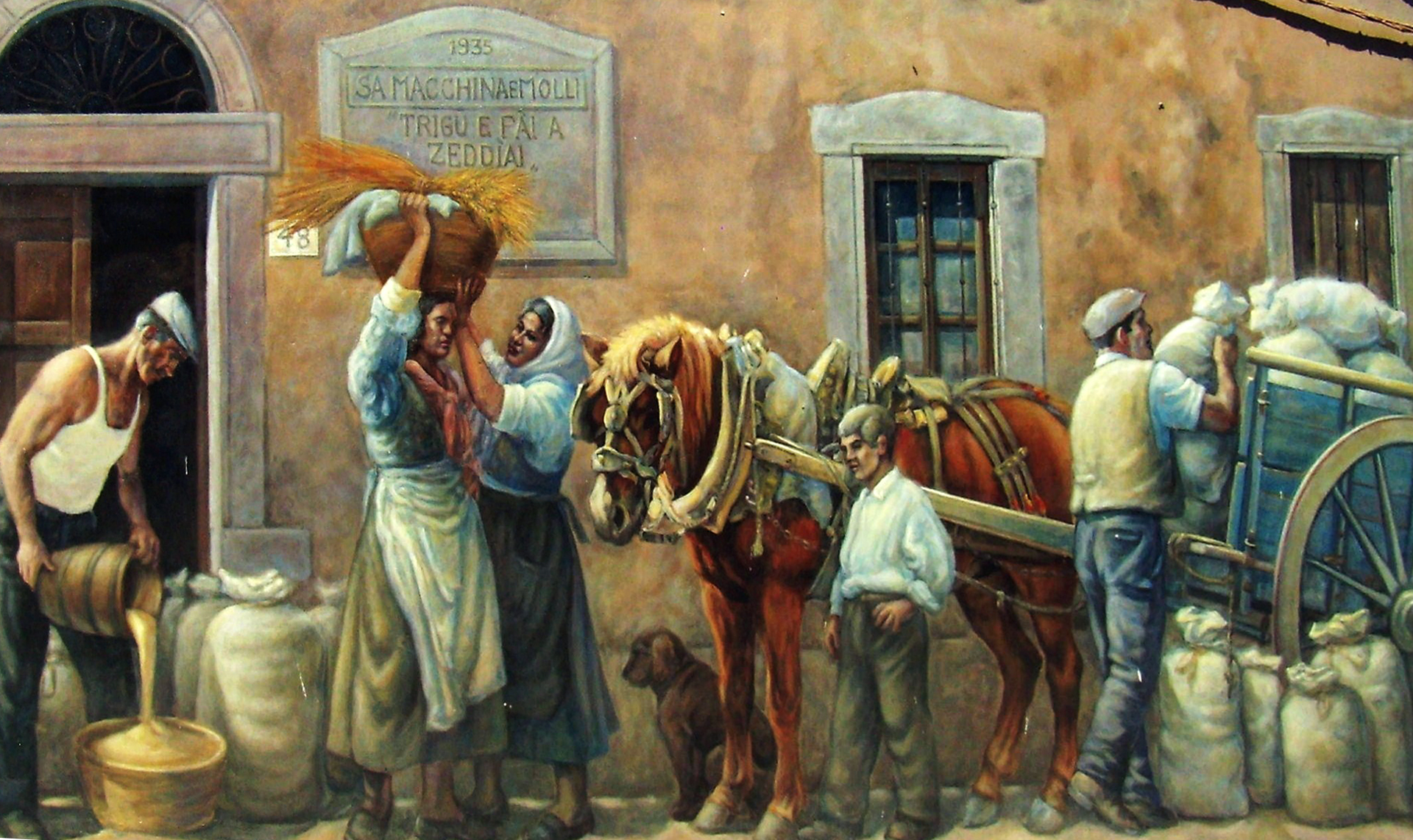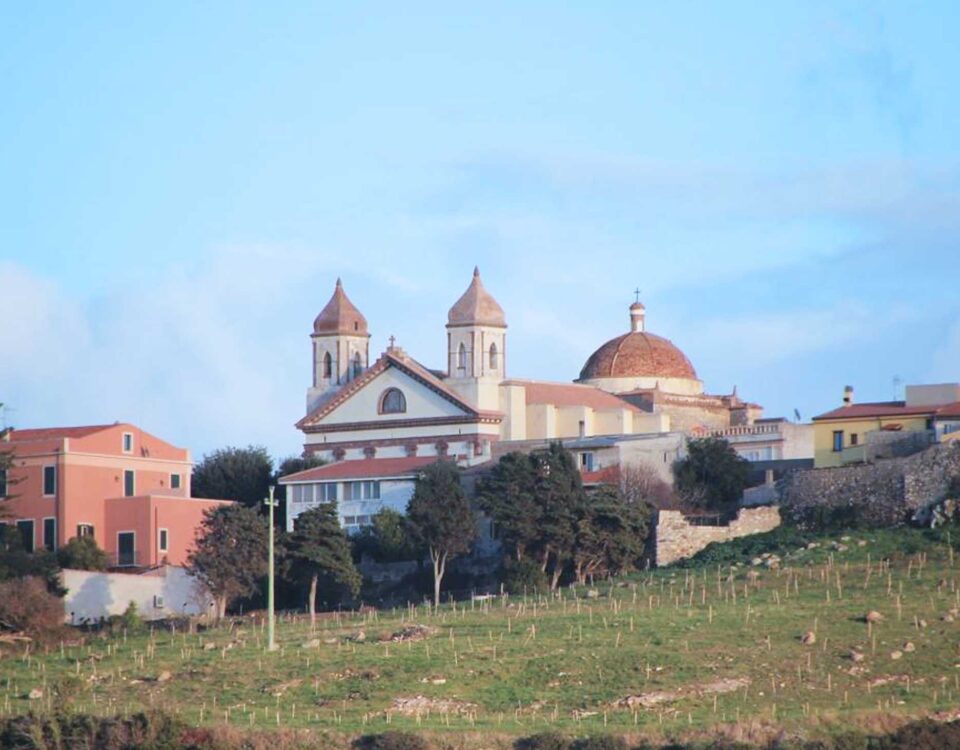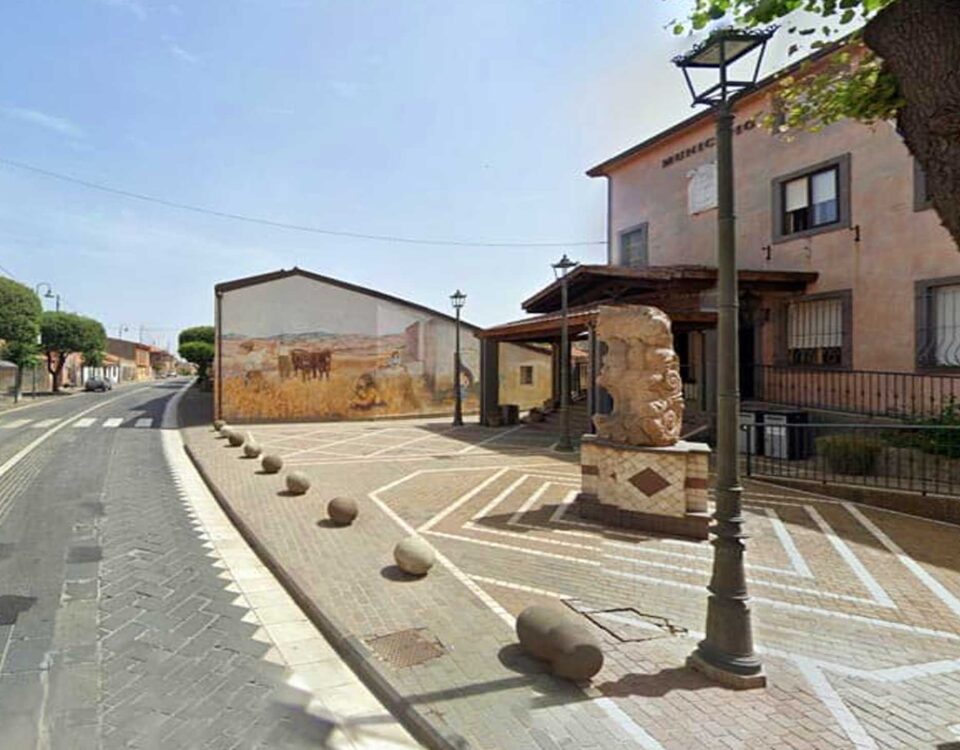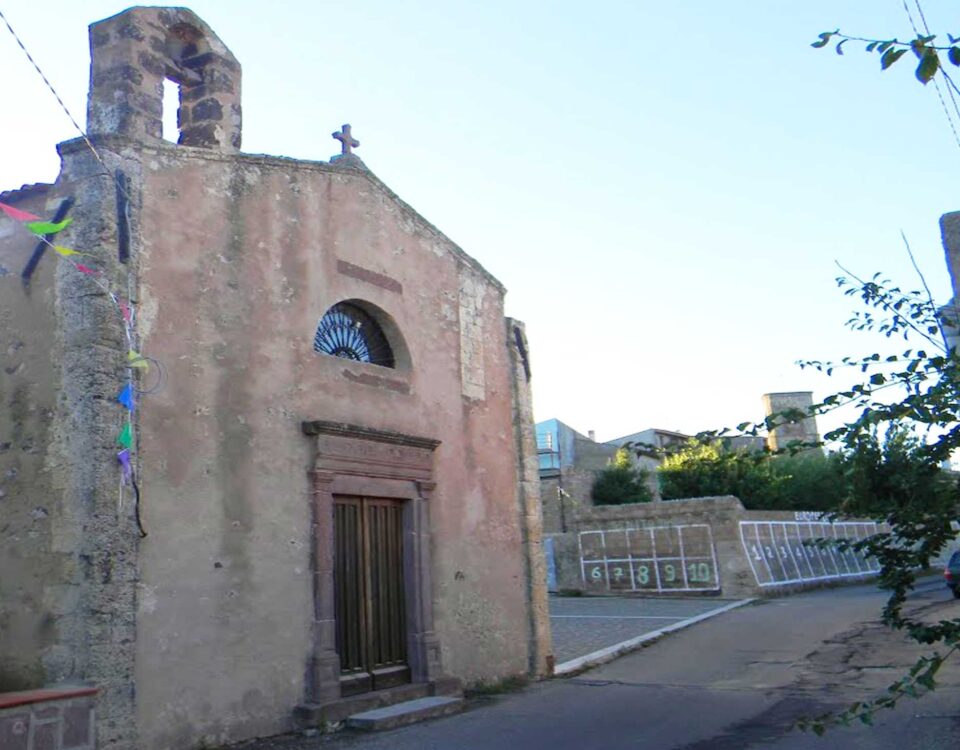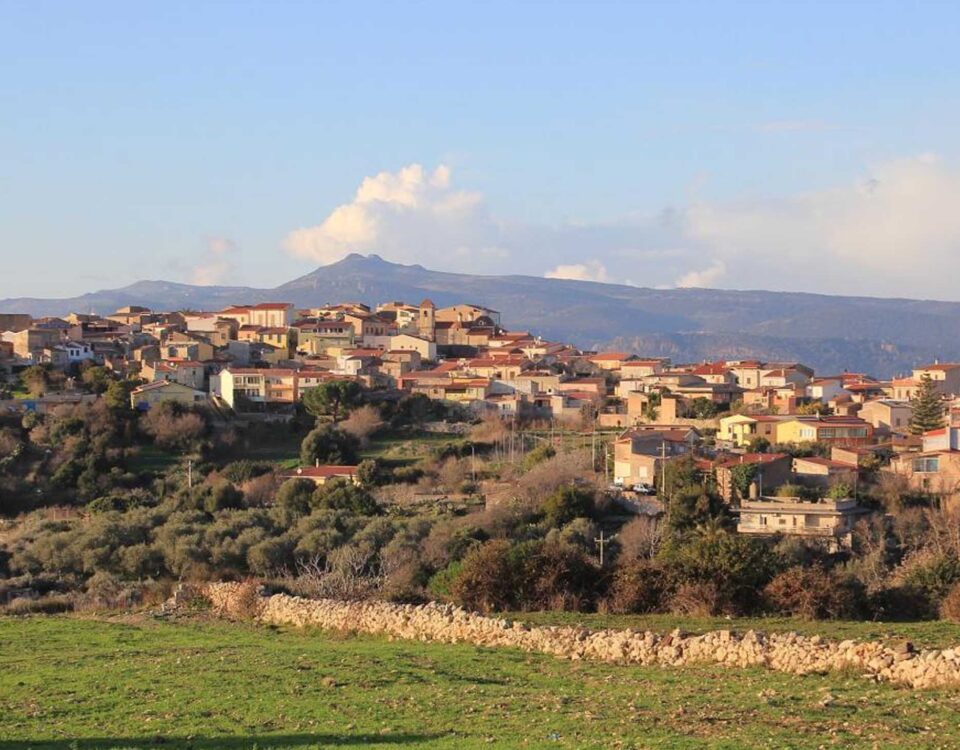
Municipality of Tramatza
28 March 2023
Municipality of Bosa
28 March 2023The villa of Zeddiani, a centre of about 1100 inhabitants, was part of the curatoria of Campidano Maggiore, a historical region under the Giudicato of Arborea. From 1410, after the defeat suffered by the Giudicato of Arborea at the hands of the Catalan-Aragonese, this village was included in the Marquisate of Oristano. In 1470, the feud passed to Leonardo Alagon: under Spanish domination, it was incorporated into the royal patrimony and in 1767 it was granted by the Savoys to the Flores Nurra family, marquises of Arcais, who held it until the abolition of the feudal regime (1839). In 1859, the municipality became part of the Mandamento di Cabras in the Oristano district, included in the province of Cagliari. During the fascist period, the municipality was aggregated to the municipality of San Vero Milis, from which it became autonomous again on 23 August 1947.
But the origins of Zeddiani go back much further. Inhabited since Nuragic times, the remains of numerous nuraghi can still be seen in the area around the village, the most important of which are the Couau and Urigu nuraghi.
Over the centuries, the village has changed its name several times: Cellayani, Cellevane, Seleiani, coming from the Latin term 'cellarium', meaning 'warehouse', a place for storing harvests from neighbouring villages, especially wheat.
READ ALL
The territory, which is totally flat, is located on a terrace of river sediments on the banks of the Cispiri River, and is surrounded by agricultural crops and vineyards that offer renowned products occupying almost all of its 11.88 square kilometres.
Where the boundary between the properties is marked by different fences - in hedges of reeds, prickly pears and brambles - one finds the crops that distinguish the area: cereal production and the horticultural production of tomatoes, whose festival is held every year in the second week of August, and the renowned production of Vernaccia, a sweet and fragrant DOC wine.
On the immediate outskirts of the village, one can appreciate the important natural oasis between the 'Rio Cispiri' and the 'Mare Foghe' pond, the latter a natural habitat for species such as waders, grey herons, egrets, wild ducks, coots, moorhens and the increasingly rare 'sultan chicken'; the waters are also populated by carp, tench and other species. The wetland is frequented by harmless reptiles such as the viperine natrix and the water turtle.
The entire town, with the exception of the religious buildings and a few mansions, was originally built of ladiri, local sun-dried earth and straw bricks that were used in the construction of houses: some examples of buildings made of ladiri can still be seen today as you walk through the streets of the town centre.
The Church of Madonna delle Grazie, known in the village as the Church of St Anthony of Padua, is of great architectural interest. Located in the heart of the village, it dates back to the first half of the 13 century. Originally built in Romanesque style, with a single nave, the church was later almost entirely rebuilt in the 17 century. The façade was modified and now has Baroque forms. However, a closer look reveals the primitive shape given by the sandstone and basalt ashlars, on which bricks were added. It was probably originally topped by a bell gable, the base of which can be seen, similar to the one visible at the back, which has not been altered. Also visible on the façade are the circular spaces where polychrome plates, typical of Romanesque architecture, were originally placed.
Located on the north-western outskirts, the 17-century parish church is dedicated to St. Peter the Apostle. The formal simplicity of the façade is marked by the main portal surmounted by a small octagonal light, both enclosed by basalt stone cornices. The construction elements denote the use of regular basalt blocks up to the height of the portal and then continue with masonry in mixed stone and fired bricks. The interior houses ancient furnishings and a Baroque wooden altar with a polychromed wooden simulacrum of the Madonna of the Snow, characterised by fine pure gold finishes.


